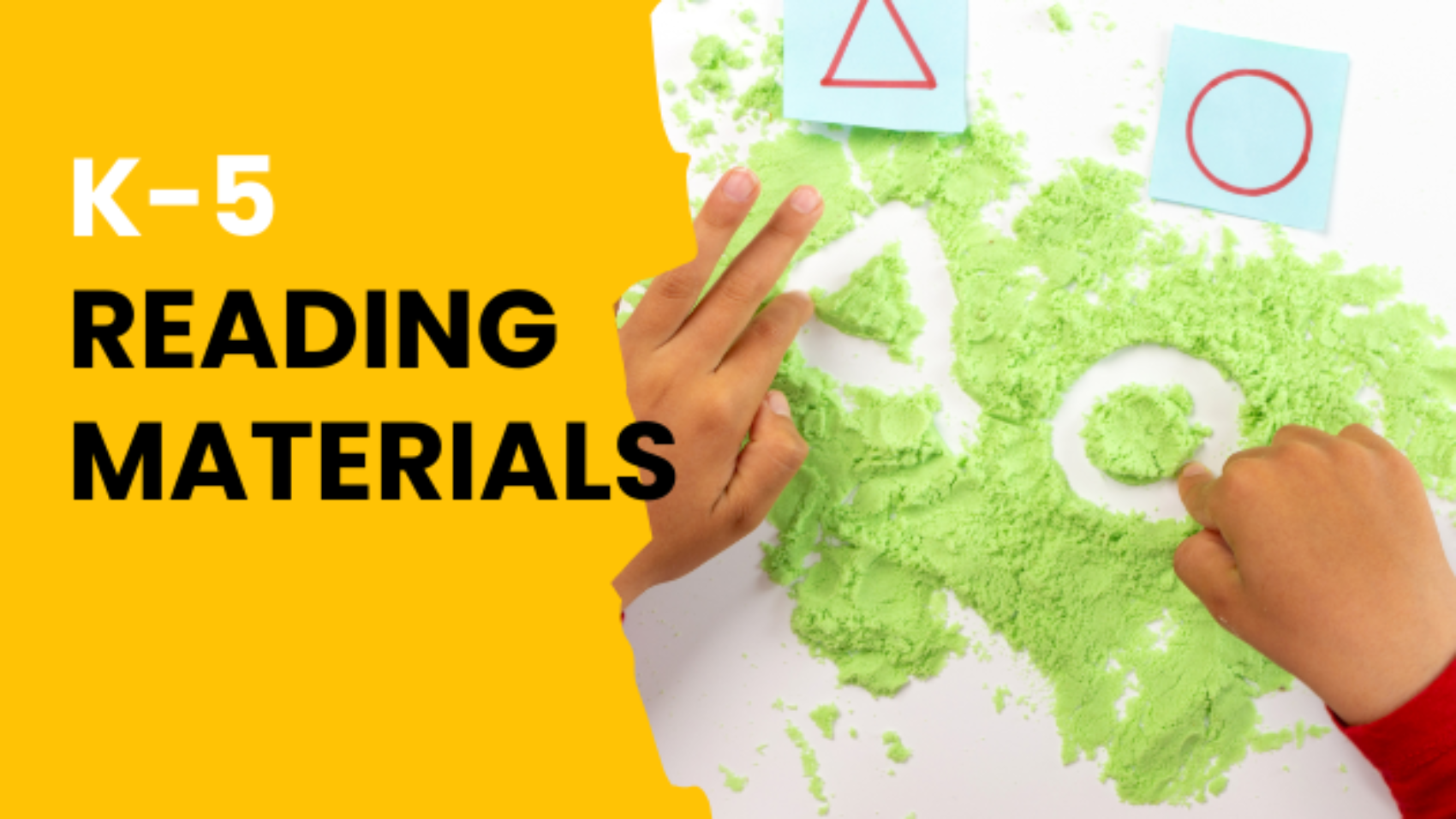Teaching reading is a complex task that requires a deep understanding of how students learn to read, paired with the right materials to support their journey. The shift towards Structured Literacy, grounded in the Science of Reading, emphasizes explicit, systematic instruction in phonemic awareness, phonics, fluency, vocabulary, and comprehension. Let’s explore the must-have materials that align with these principles, ensuring that your reading instruction is both effective and research-based.
1. Phonemic Awareness Tools
- Phoneme Manipulatives: Tools like Elkonin boxes and sound chips help students break down and manipulate the sounds in words. These hands-on resources are crucial for building the foundational skill of phonemic awareness.
- Oral Language Games: Incorporate activities like rhyming, segmenting, and blending sounds through fun and engaging oral games. These can be done using picture cards, songs, or digital apps that focus on sound recognition.
2. Systematic Phonics Programs
- Decodable Texts: Unlike leveled readers, decodable texts are specifically designed to align with the phonics skills students have been taught. These books allow students to apply their phonics knowledge and build confidence as they read.
- Phonics Flashcards: Use flashcards that focus on specific grapheme-phoneme correspondences (GPCs) to reinforce phonics instruction. These should be used systematically to match the sequence of phonics instruction in your curriculum.
3. Fluency Development Resources
- Repeated Reading Passages: Select passages that students can read multiple times to build fluency. These should be carefully chosen to match the student’s reading level and should focus on accuracy, speed, and prosody.
- Phrasing Cards: Help students practice reading in meaningful phrases rather than word by word. These cards can be used in tandem with decodable texts to improve fluency and comprehension.
4. Vocabulary Instruction Materials
- Explicit Vocabulary Programs: Utilize resources that teach vocabulary explicitly, focusing on Tier 2 and Tier 3 words. Tools like morphology cards, which explore roots, prefixes, and suffixes, can deepen students’ understanding of word meanings.
- Semantic Mapping Tools: Use graphic organizers like semantic maps to help students connect new vocabulary to known words and concepts. This visual representation aids in reinforcing meaning and usage.
5. Comprehension Strategy Tools
- Structured Comprehension Lessons: Resources that guide students through structured comprehension strategies, such as questioning, summarizing, and predicting, are essential. Use text-based discussion prompts and comprehension question stems aligned with the text’s complexity and content.
- Text Sets: Curate sets of texts on related topics or themes that allow students to build background knowledge and deepen comprehension. These should be carefully chosen to align with the scope and sequence of your curriculum.
6. Assessment Tools
- Screeners and Progress Monitoring: Implement assessments that screen for reading difficulties and monitor progress, such as DIBELS/Acadience Reading. These tools help identify students who need additional support and track their growth over time.
- Decodable Text Assessments: Use running records and miscue analysis specifically with decodable texts to assess phonics skills. This helps ensure that students are applying their knowledge effectively when reading.
7. Multisensory Learning Materials
- Sand Trays and Letter Tiles: Multisensory activities, such as tracing letters in sand trays or building words with letter tiles, engage multiple senses and reinforce phonics instruction. These materials are especially helpful for students who benefit from tactile learning.
- Sound Walls: Replace traditional word walls with sound walls, which organize words by their phonemes rather than alphabetically. This aligns more closely with how students learn to read and spell words.
8. Teacher Resources
- Professional Development Books: Stay informed with books like “Speech to Print”* by Louisa Moats and “The Reading Rope”* by Dr. Hollis Scarborough. These resources provide deep insights into the Science of Reading and practical strategies for Structured Literacy instruction.
- Curriculum Guides: Use guides that provide a clear sequence of instruction in phonemic awareness, phonics, and other key areas. These should be evidence-based and aligned with the latest research in reading science.
9. Engagement and Motivation Tools
- Decodable Book Libraries: Build a classroom library of engaging, decodable books that cater to different interests. These should be diverse in content while still aligning with the phonics patterns students have learned.
- Interactive Read-Alouds: Choose high-quality texts for read-aloud sessions that model fluent reading and stimulate discussion. While these texts may not be decodable, they should be used strategically to build background knowledge and vocabulary.
Conclusion
Aligning your reading instruction materials with the Science of Reading and Structured Literacy principles ensures that you’re providing your students with the most effective tools for learning to read. From phonemic awareness to comprehension, these resources are designed to meet students where they are and guide them towards becoming proficient, confident readers. By focusing on explicit, systematic instruction and using materials that support this approach, you can help every student unlock the joy and power of reading.
*Not sponsored.


